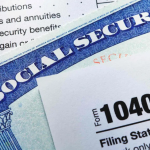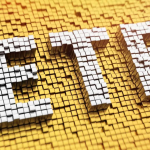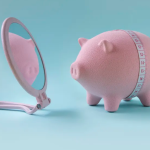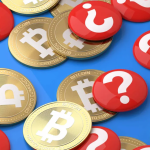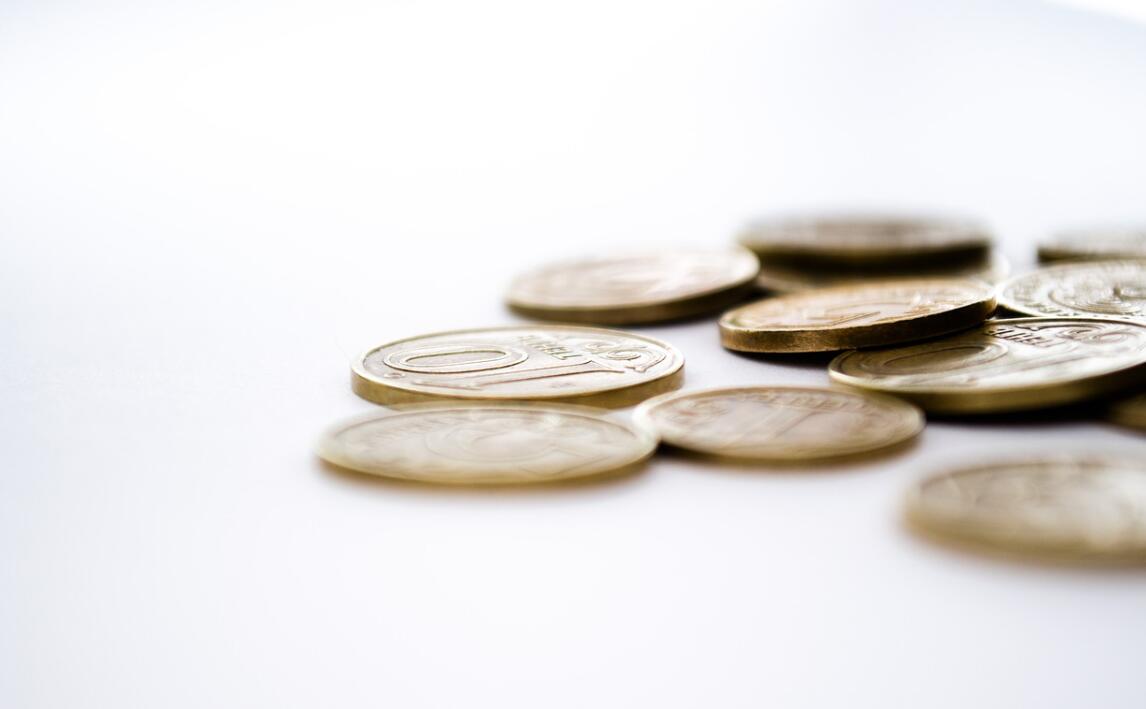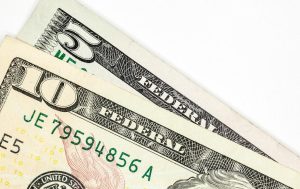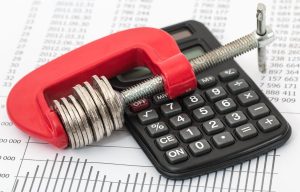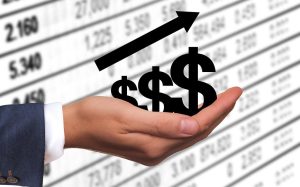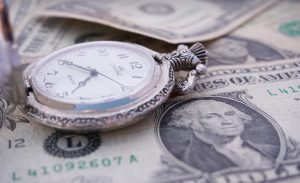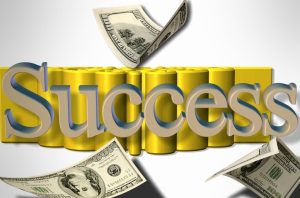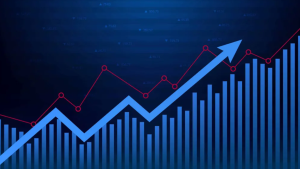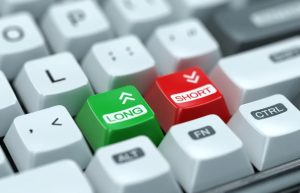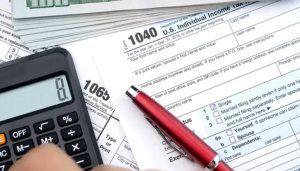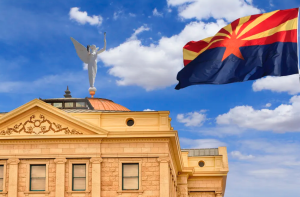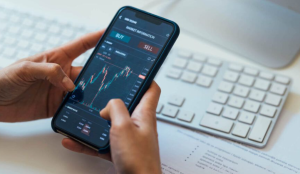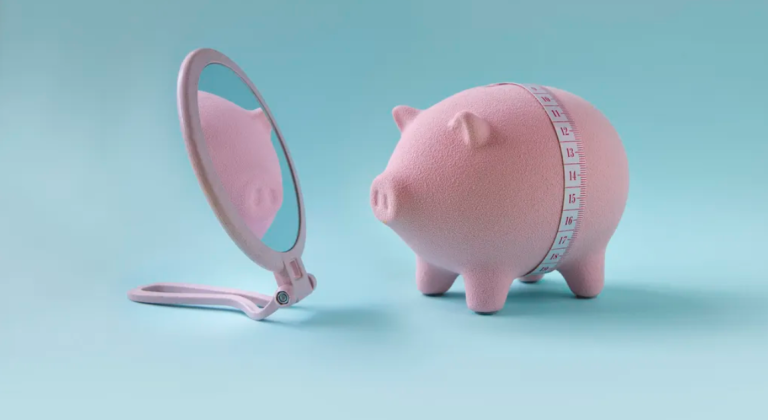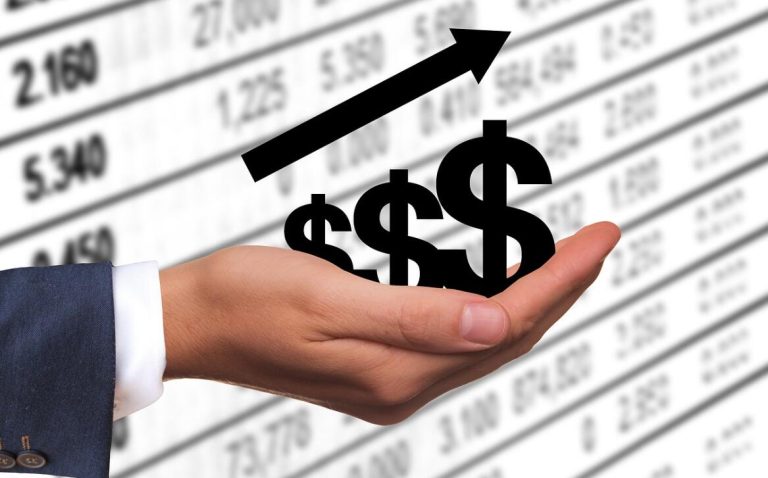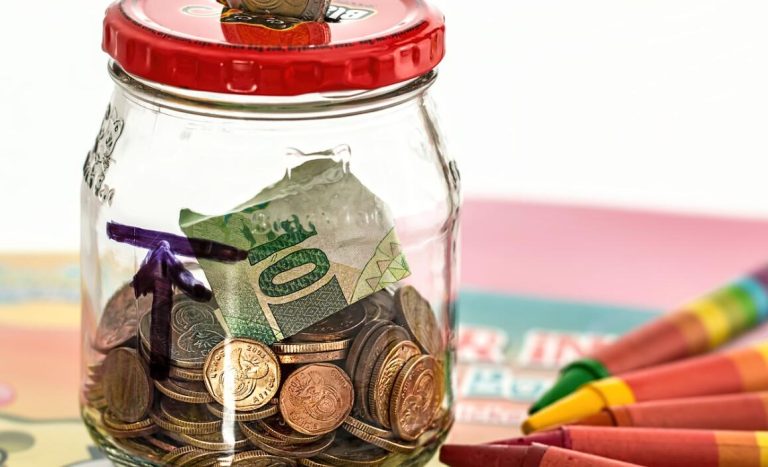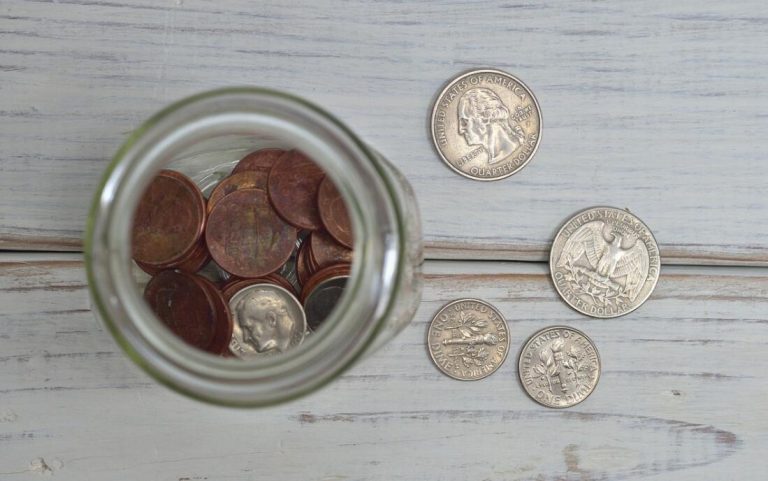The Federal Reserve, often referred to as the Fed, plays a significant role in shaping the financial landscape of the United States. Recently, the Fed made headlines by announcing a pause in its interest rate hikes. While this decision has far-reaching implications for the economy, one group of individuals who closely monitors these developments are savers. In this article, we’ll delve into what the Fed’s rate pause means for those who have their money parked in savings accounts, CDs, and other interest-bearing investments.
- Relief for Savers:
For savers who have been patiently waiting for a glimmer of hope in the world of interest rates, the Fed’s decision to pause its rate hikes is a welcome development. Over the past several years, rock-bottom interest rates had left savers with meager returns on their deposits. The pause indicates that the Fed is taking a cautious approach to interest rate adjustments, providing some relief for savers.
- Little Immediate Impact:
While savers may breathe a sigh of relief, it’s essential to note that the rate pause doesn’t necessarily mean an immediate improvement in savings account rates. Banks and financial institutions may take time to adjust their offerings in response to the Fed’s decisions. Savers should be patient and realistic in their expectations.
- Effects on Borrowers:
The Fed’s rate pause also has an impact on borrowers. Those with variable-rate loans, such as adjustable-rate mortgages and credit card debt, might not see their interest costs rise as quickly as they would during a rate hike cycle. However, the pause does not necessarily translate to a decrease in borrowers’ existing interest rates.
- Longer-Term Outlook:
Experts suggest that the pause in rate hikes may provide savers with some time to strategize for the future. It’s an opportunity to evaluate their financial goals and assess whether savings accounts are the best vehicle for achieving those goals. Savers might consider more aggressive investment options or explore higher-yield savings products to maximize their returns in the long run.
- Inflation Concerns:
One challenge for savers and investors is the ongoing concern of rising inflation. Inflation erodes the purchasing power of money, and even with the rate pause, it’s essential for savers to keep an eye on the purchasing power of their savings. As prices continue to rise, the real return on savings accounts can diminish.
- Investment Diversification:
In response to the Fed’s decisions, some savers may choose to diversify their investment portfolios. This might include exploring options such as investing in stocks, bonds, or real estate to achieve a balance between risk and potential return. However, it’s crucial for individuals to have a clear investment strategy and risk tolerance when making these decisions.
The Fed’s decision to pause interest rate hikes offers savers a glimmer of hope, signaling a more stable environment for interest-bearing accounts. However, the impact on individual savings accounts may take some time to materialize. Savers should remain vigilant, monitor their financial goals, and explore diversification strategies to adapt to the ever-changing financial landscape.
As the Fed continues to navigate economic challenges, it’s essential for savers to be proactive in managing their finances, seeking expert advice, and making informed decisions that align with their long-term financial objectives.
